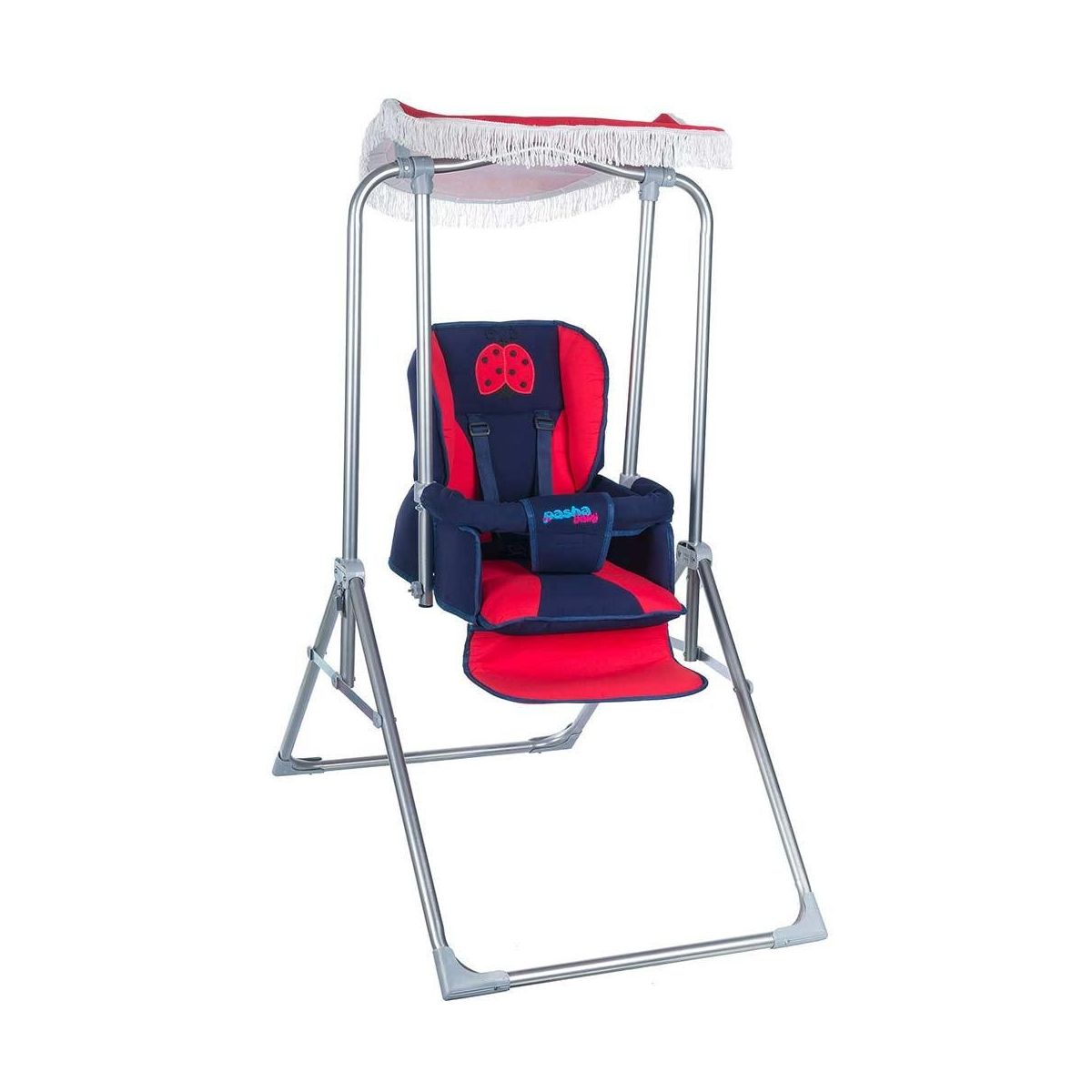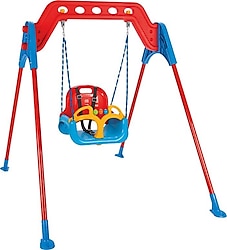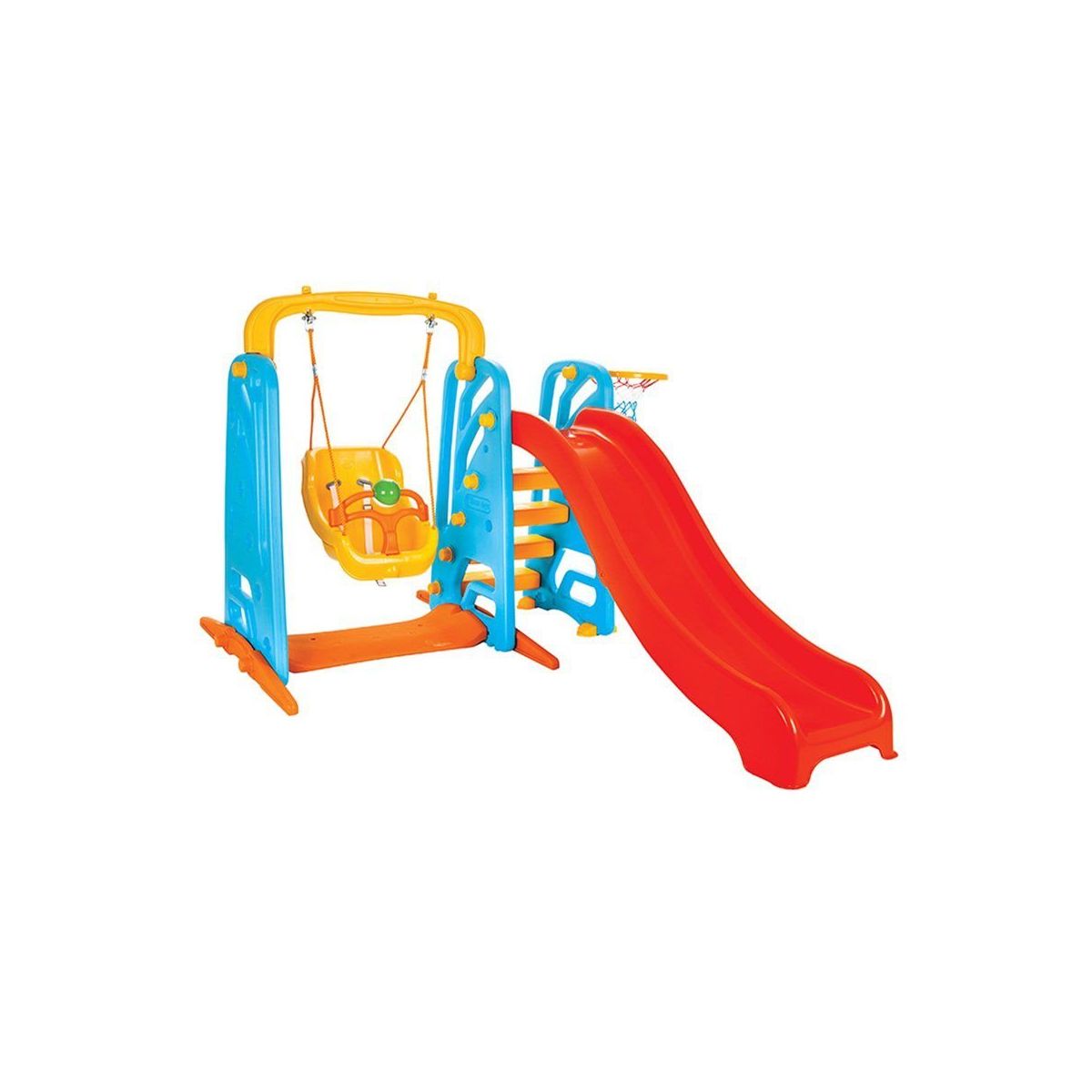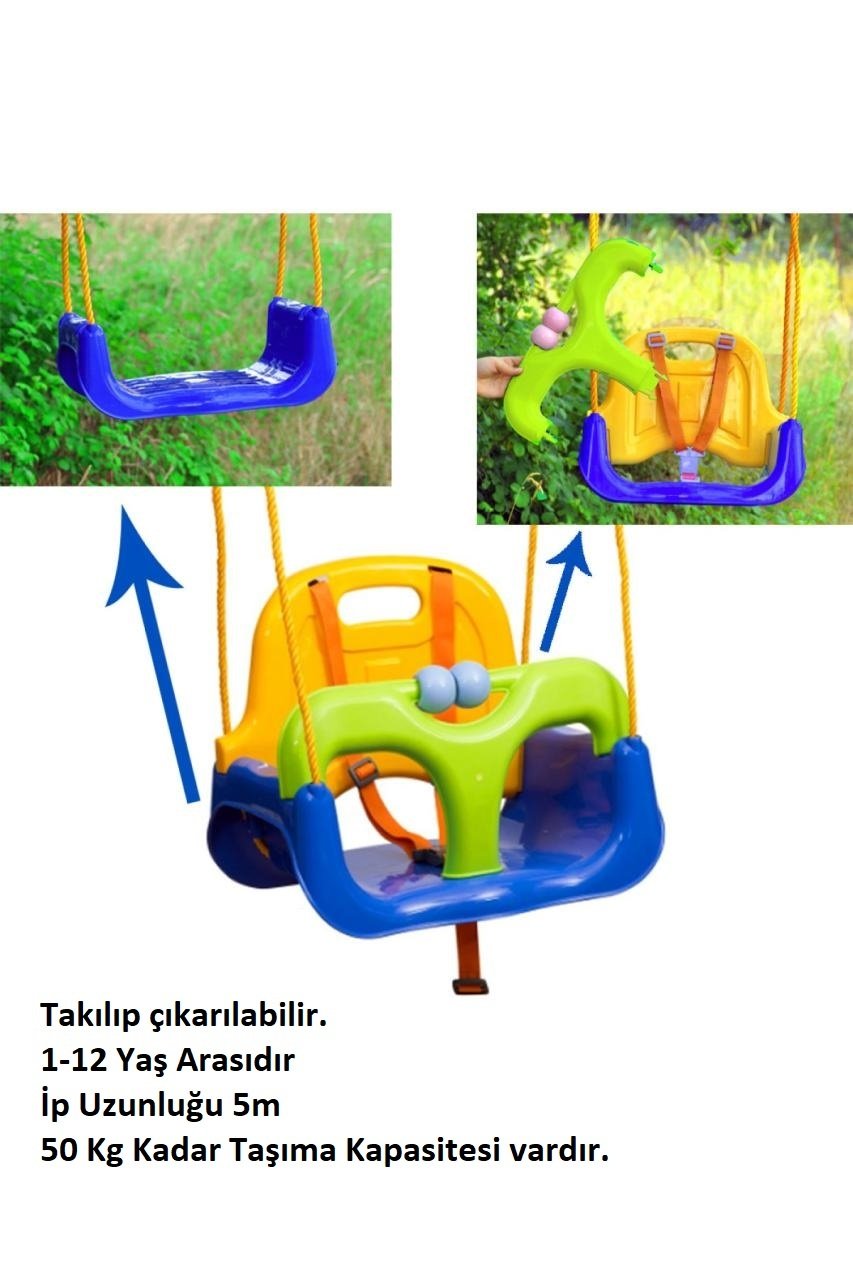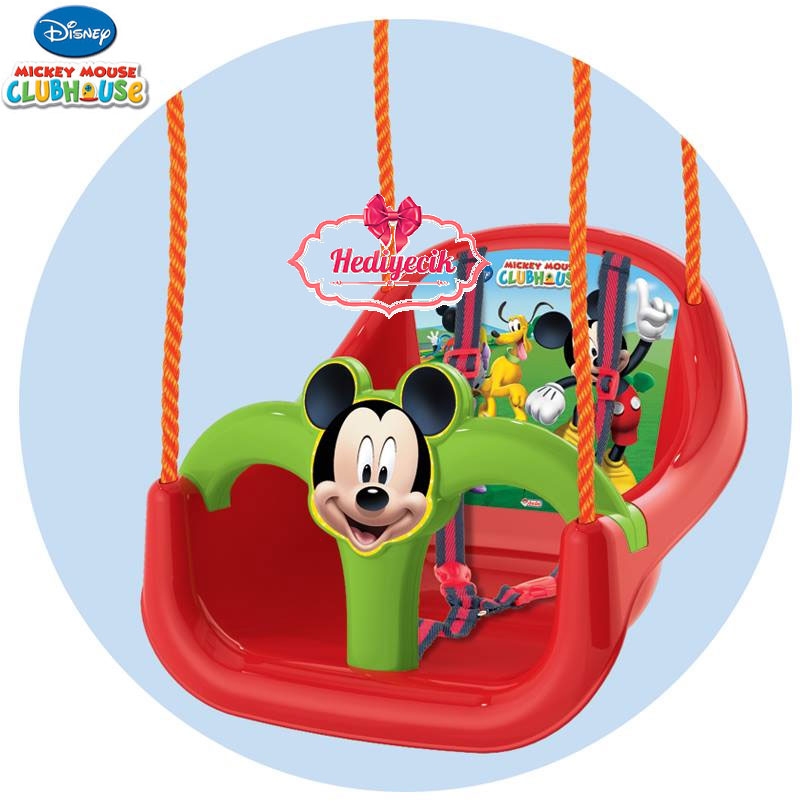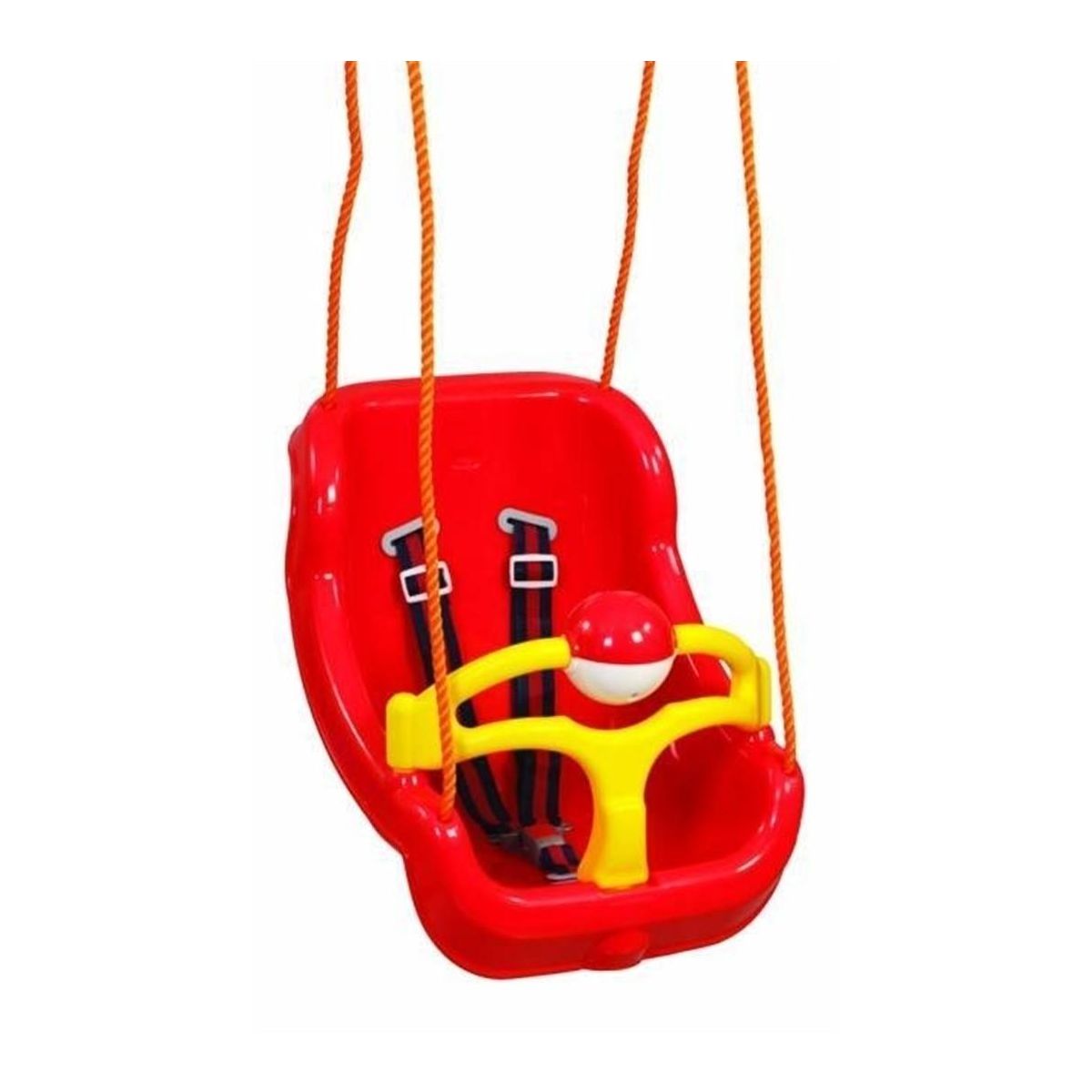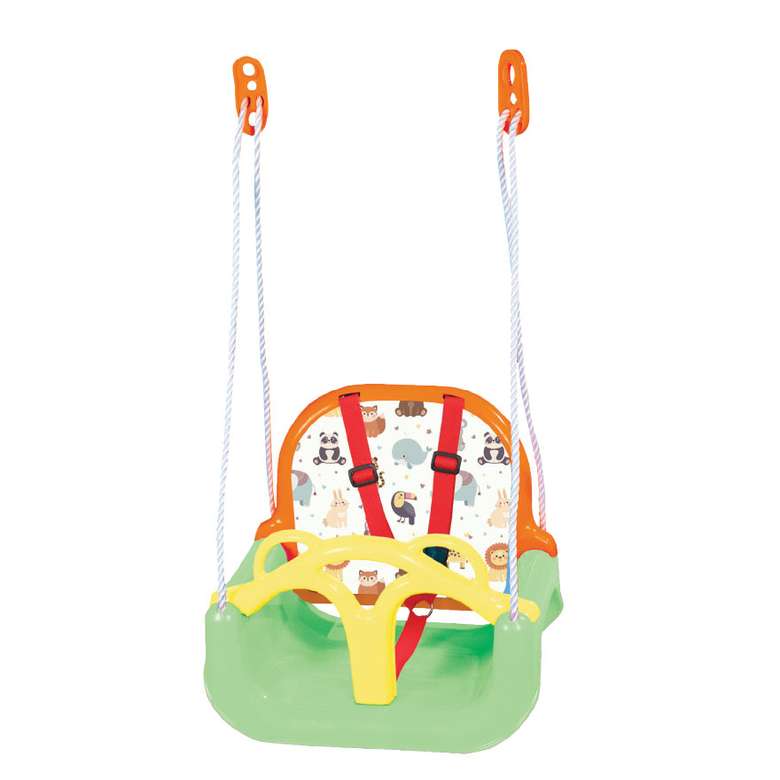
HUDORA Salıncak iskeleti tek – bahçe için dış mekan salıncağı – çocuk salıncağı – plastik salıncak koltuğu – 50 kg taşıma kapasitesi – mavi/kırmızı/sarı – 64018 : Amazon.com.tr: Oyuncak

Bundera Panda Swing Salıncak Bebek Hamağı Salıncağı Oda Salon Bahçe Salıncak Çocuk Bebek Salıncağı Fiyatı, Yorumları - Trendyol

Satın almak online Açık bebek salıncak sandalye oyun alanı çocuk plastik slayt bahçe oyuncakları koltuk çocuklar maymun barlar set çocuk çocuk salıncak yuva Q60 ~ Alışveriş merkezi > www.jakemy.com.tr

Bundera Ahşap Bebek Salıncak Bebek Hamağı Salıncağı Oda Salon Bahçe Salıncak Çocuk Bebek Salıncağı (Kırmızı) : Amazon.com.tr: Bebek

Festnight Çocuklar için Hollywood Salıncağı Çocuk Salıncağı Bahçe Salıncağı Bahçe Bankı Sallanan Bank Güneşlikli Sarı 115 x 75 x 110 cm Kumaş : Amazon.com.tr: Bahçe
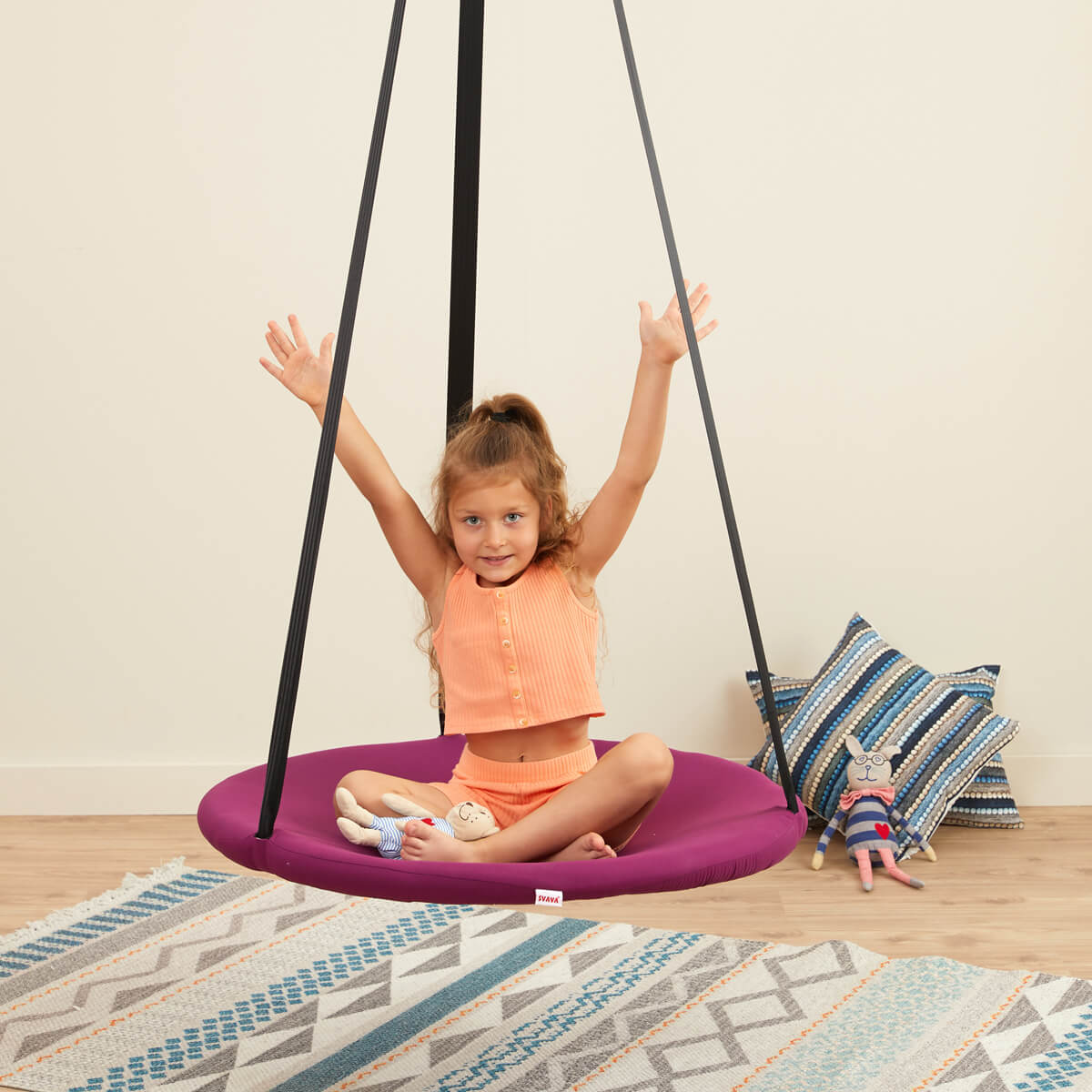
Svava Salıncak (Büyük Boy) Ev ve Bahçe Salıncağı (Mor) Süper Fiyat, Terapi Salıncakları, Tüm Ürünler, Salıncak Svava


